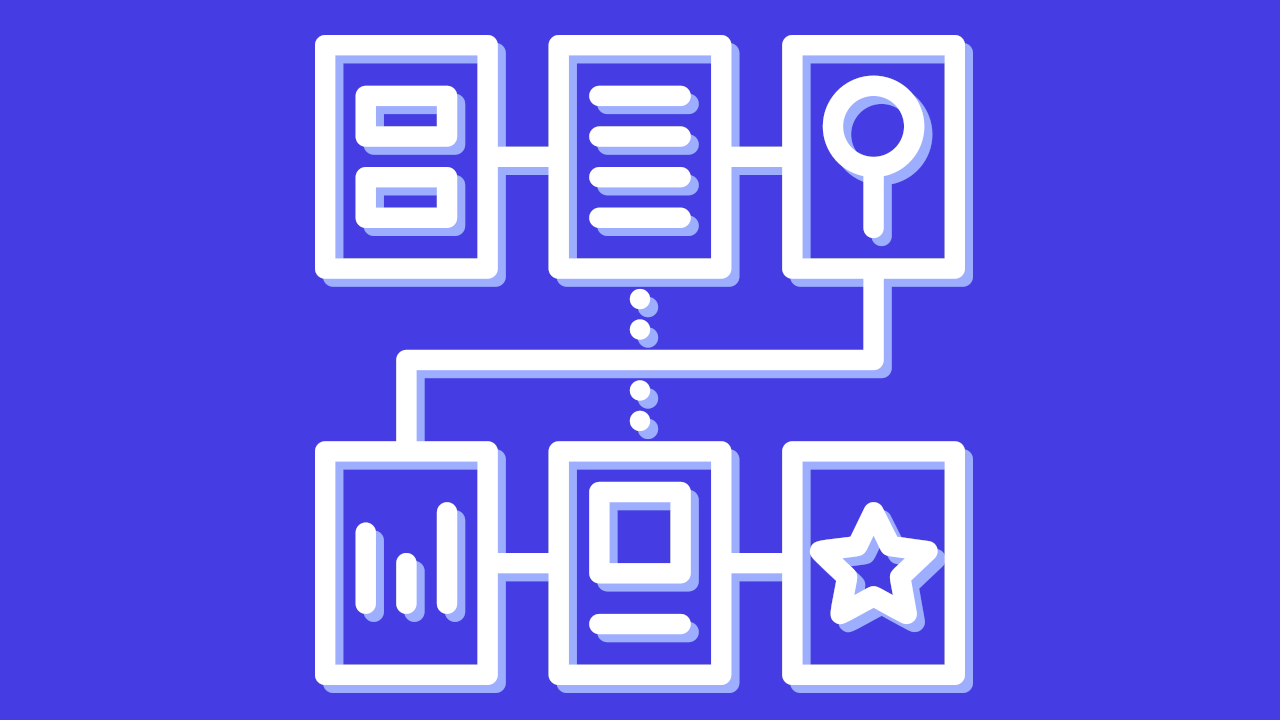How's this for a provocation: there's no such thing as a technology project. Fancy another? Building design capability doesn't start with teaching people design skills.
I'll come to the first provocation a bit later in this post, but for now, I’d like to talk a little about building design capability.
I've spent the past 12 months or so working with SPARCK colleagues to help a government agency build in-house human-centred service design capability.
It's not my first capability build. I've worked in house within public and social facing organisations since 2010.
In the early days, I was part of a team whose own capability needed building.
More recently, I worked alongside colleagues to strengthen design offers and design skills as the teams I worked in grew and matured.
Often, I spent as much time working on design operations as I did on hands-on service design work.
With every capability build programme comes learning, and I've certainly learned a lot over these past 12 months.
There’s always something to learn
It feels like that might be a curious thing for a design consultant to admit – that over the course of an engagement they've learned things, about the thing they were brought in to tell other people about.
But as human-centred designers we know that, although there are often commonalities at a high-level, when you dig deeper, individuals are different.
And each organisation is different too.
It’s important to recognise those differences and embrace them. Every organisation's journey toward design maturity is unique.
While there may not be a cookie cutter solution to a lot of design challenges, however, there are patterns.
In this context, patterns are the high-level approaches we take to a design challenge. They offer a guide to help us frame our approach, but they’re not prescriptive.
Nor are they fixed.
We’re refining our capability pattern with each build.
The 90/10 rule in service design
Lou Downe, author of every service designer’s favourite book Good Services, says that 10% of service design is design; the other 90% is about creating the right conditions for design to happen.
This is also true of building an in-house human-centred design team.
So, to return to my second provocation, building design capability doesn't start with teaching people design skills. It starts with creating the right conditions within the organisation and the existing team for design to flourish.
It’s about understanding the ecosystems that exist within the organisation we’re working with at micro-level (individuals or one-to-one) and mezzo-level (larger groups).
Only then can we establish a comprehensive view of interdependent factors that can affect the success or failure of a team's ability to adopt new ways of working, which enables design to have impact.
By definition, an in-house team exists within its wider organisational ecosystem. This undoubtedly provides opportunities but also brings constraints or blockers over which the team might have little or no control. Understanding these is essential.
Our recent capability-building program focused on three key areas.
- Conditions. Creating the right environment to realise the value and potential of human-centred design.
- Skills and Knowledge. Developing the necessary expertise through coaching, mentoring, and structured learning packages.
- Confidence and Practice. Strengthening confidence and practical experience by integrating human-centred design into real projects in a safe and supportive way.
Supporting you through change
Building design capability within traditional organisations can be challenging. Often, they have established hierarchies, rigid processes, and cultures that may not always welcome new ways of working.
Implementing a design-centric approach requires disrupting these traditional norms.
This can be met with resistance from employees and leaders who may be more accustomed to conventional ways of doing things.
The fast pace of change today often leads to a pressure within organisations to exist in a state of continuous transformation. This, in turn, can lead to staff experiencing change fatigue.
Throughout a capability build, we know that the people we are working with may find themselves moving back and forward along the change curve.
So, we employ various approaches to help people recognise where they are on the curve, as well as coaching them to overcome their fears and anxieties.
Tradition versus the design approach
Design capability can't be imposed on people – it must be developed with them.
Building design capability requires the introduction of new ways of working, often necessitating a shift in perspective that can take staff out of their comfort zones.
A key requirement of capability building is, therefore, a focus on the mindsets and behaviours required to make the most of these new ways of working.
We know that traditional approaches to transformation projects often involve starting with a proposed solution in mind. It’s usually a piece of technology such as, topically, generative artificial intelligence.
Project teams then progress to gathering evidence to support the proposed change, creating a business case, and a detailed delivery plan. Only at this point does the project become, well, a project.
This can take up months of work, effort, and resources.
Taking a design approach flips this script on its head and instead places a focus on user and business needs. And it insists on keeping an open mind about solutions.
Which brings me back to my first provocation; there is no such thing as a technology project.
This is perhaps another curious thing for a design consultant who works for a digital agency to suggest.
But I believe that all projects are people projects, some of which will have a technology solution.
Helping teams to recognise where design can add the greatest value, whether it’s a new digital service or improvements to an existing analogue process, is an important factor in the journey towards design maturity.
Building capability is about more than delivering a playbook in the way that Just Eat might deliver a pizza. It’s about:
- rewiring the way organisations think about solving problems
- building the skills and confidence in a team of people to go and do it
Want to build human-centred design capability in your team?
If you’re interested in learning more about how SPARCK can help you build design capability within your team or organisation, or want help assessing your design maturity, get in touch with me through the website, or by connecting on LinkedIn.
I’d love to grab a virtual (or in-person) coffee with you and have a chat.



